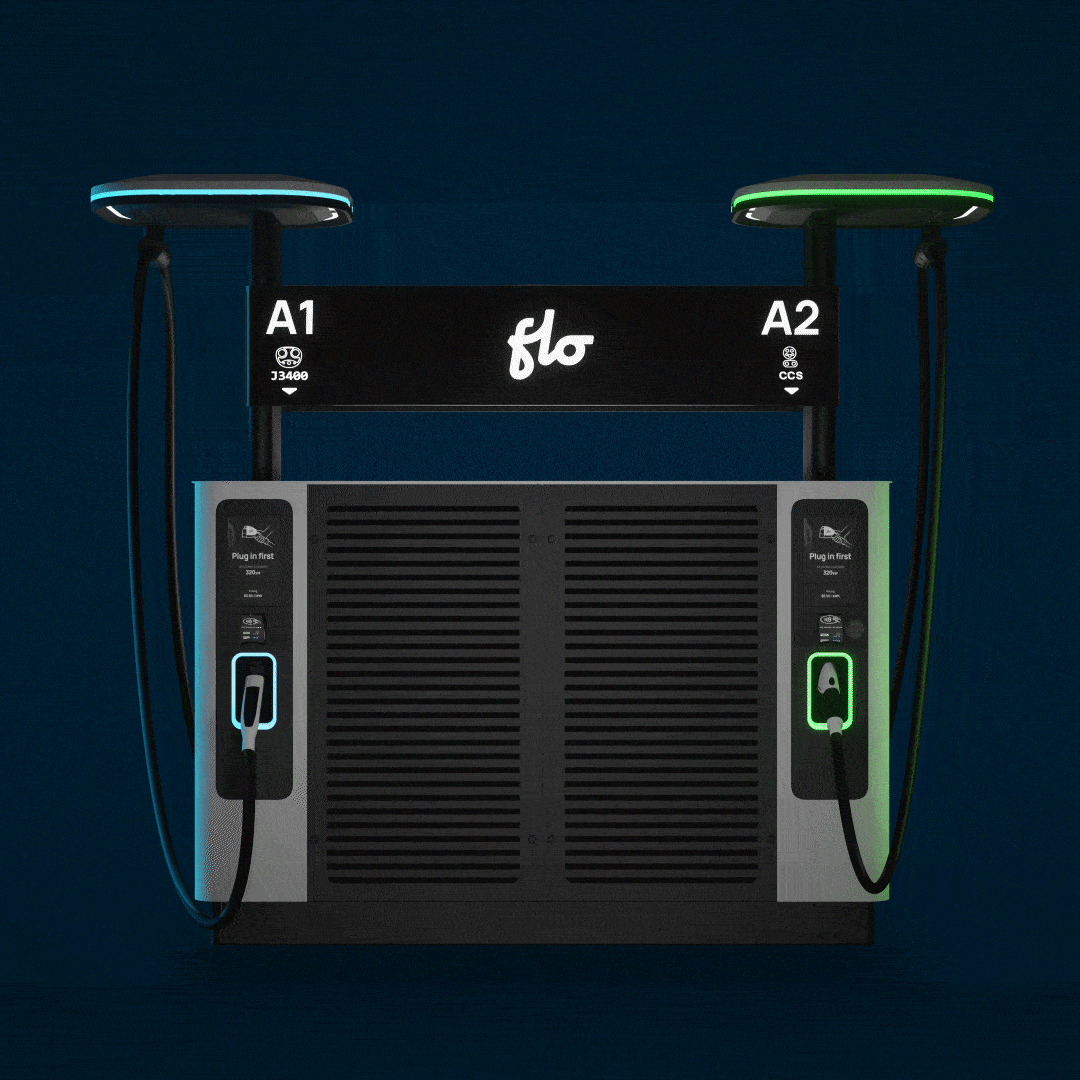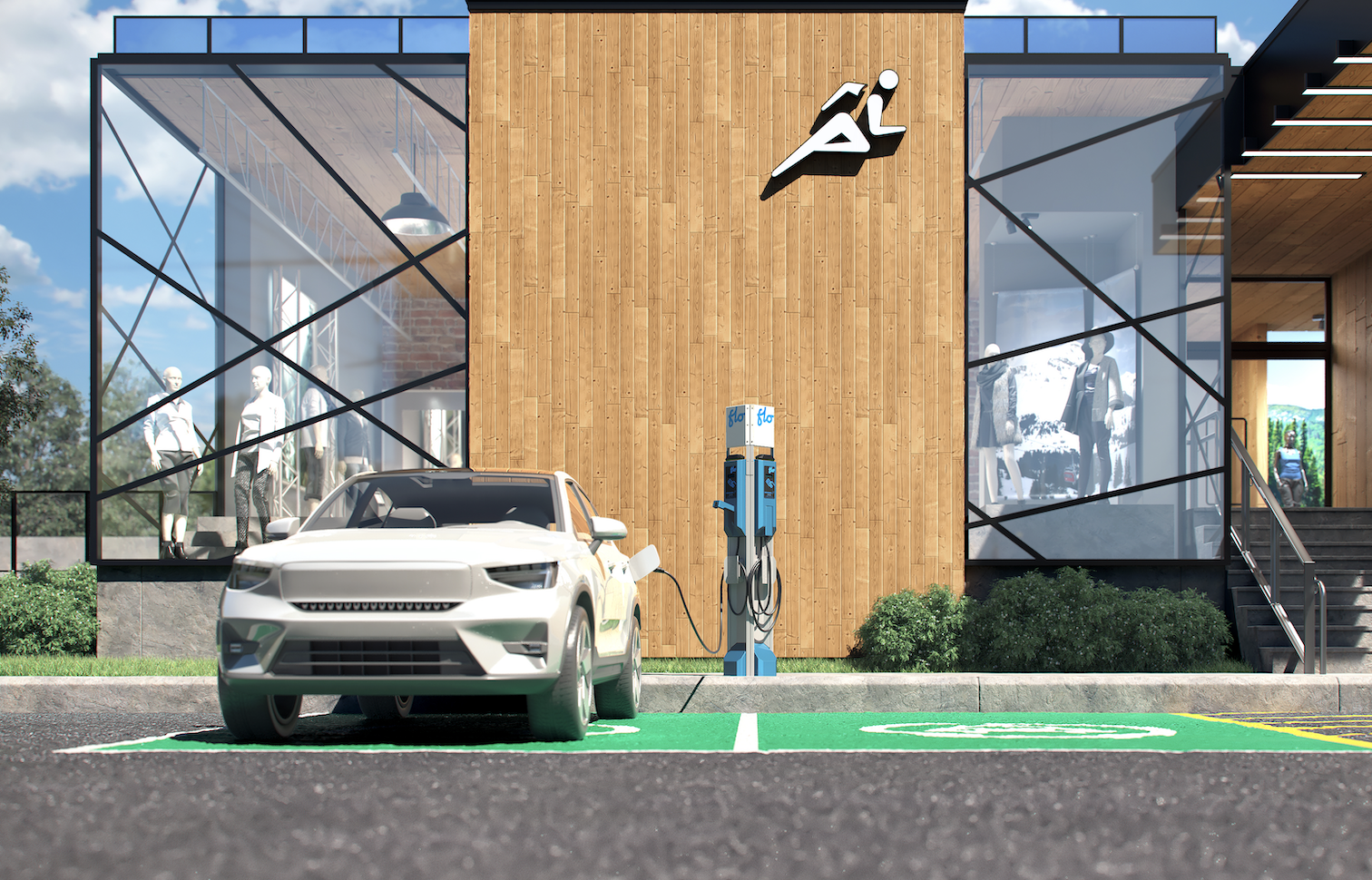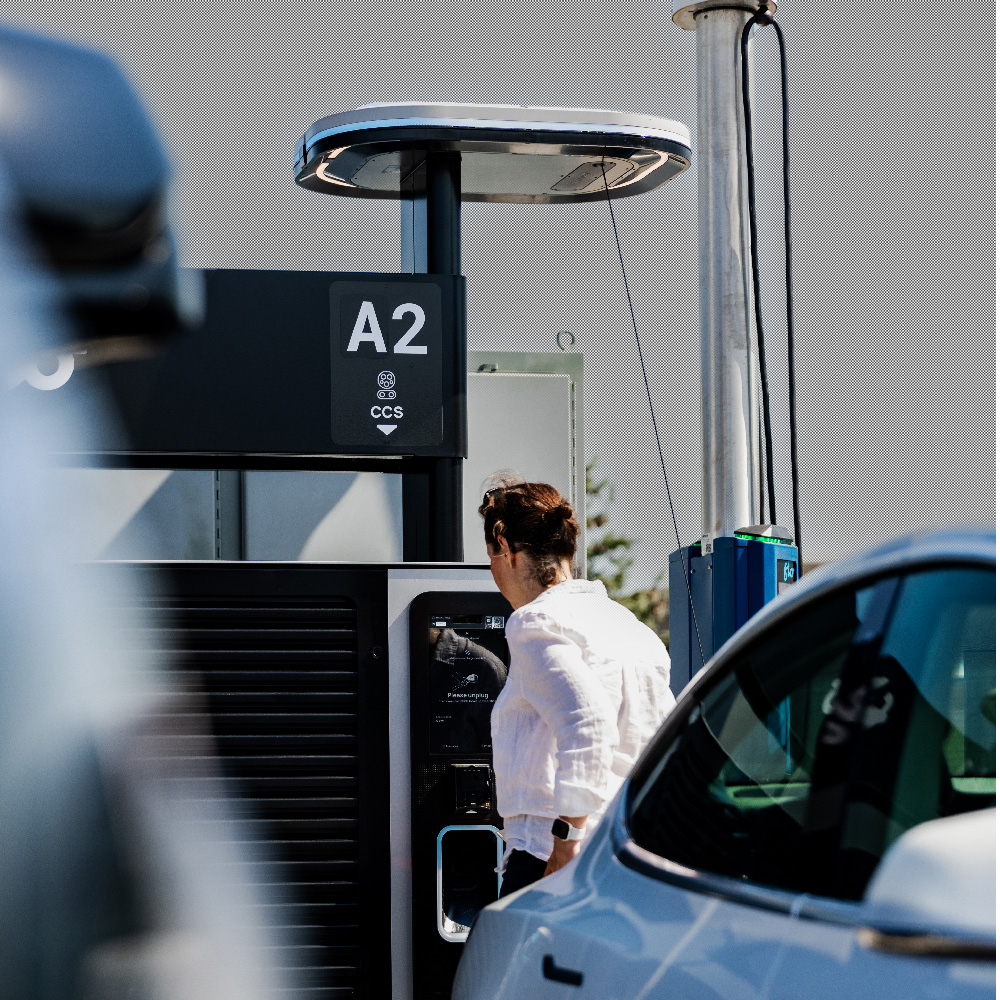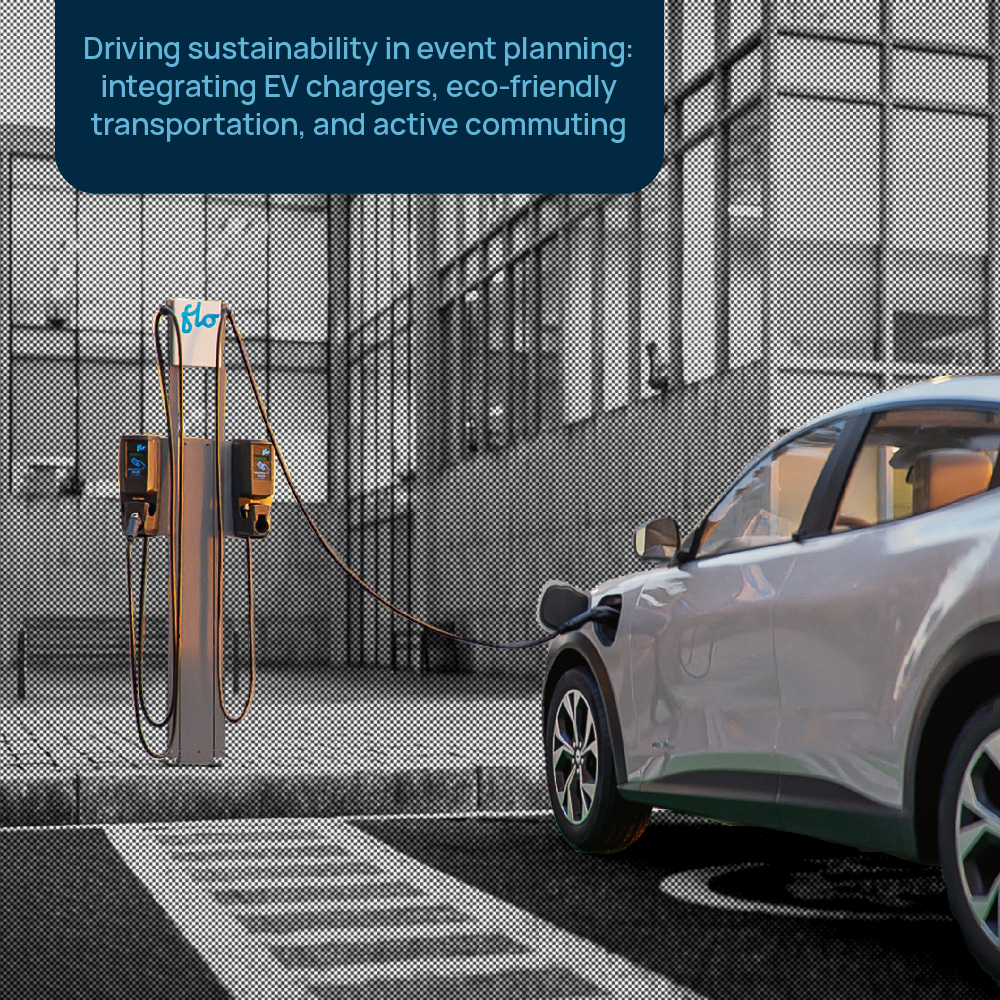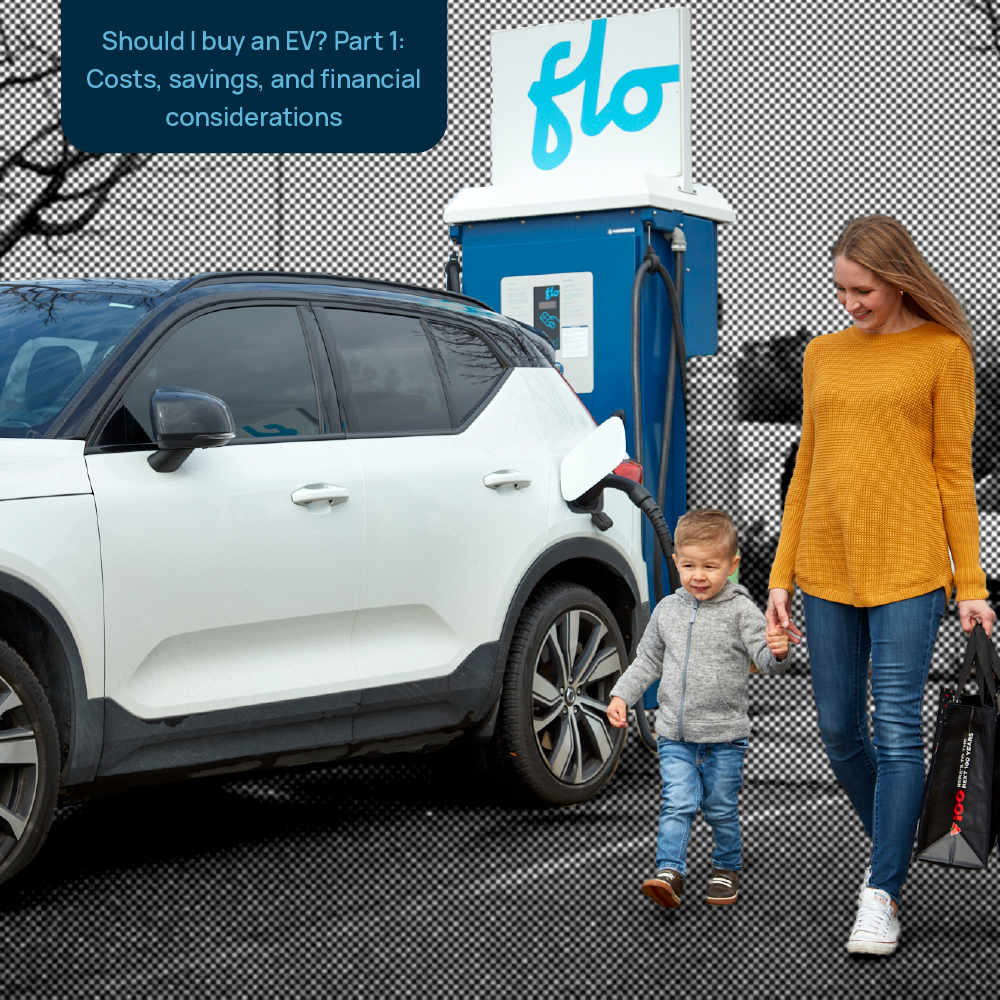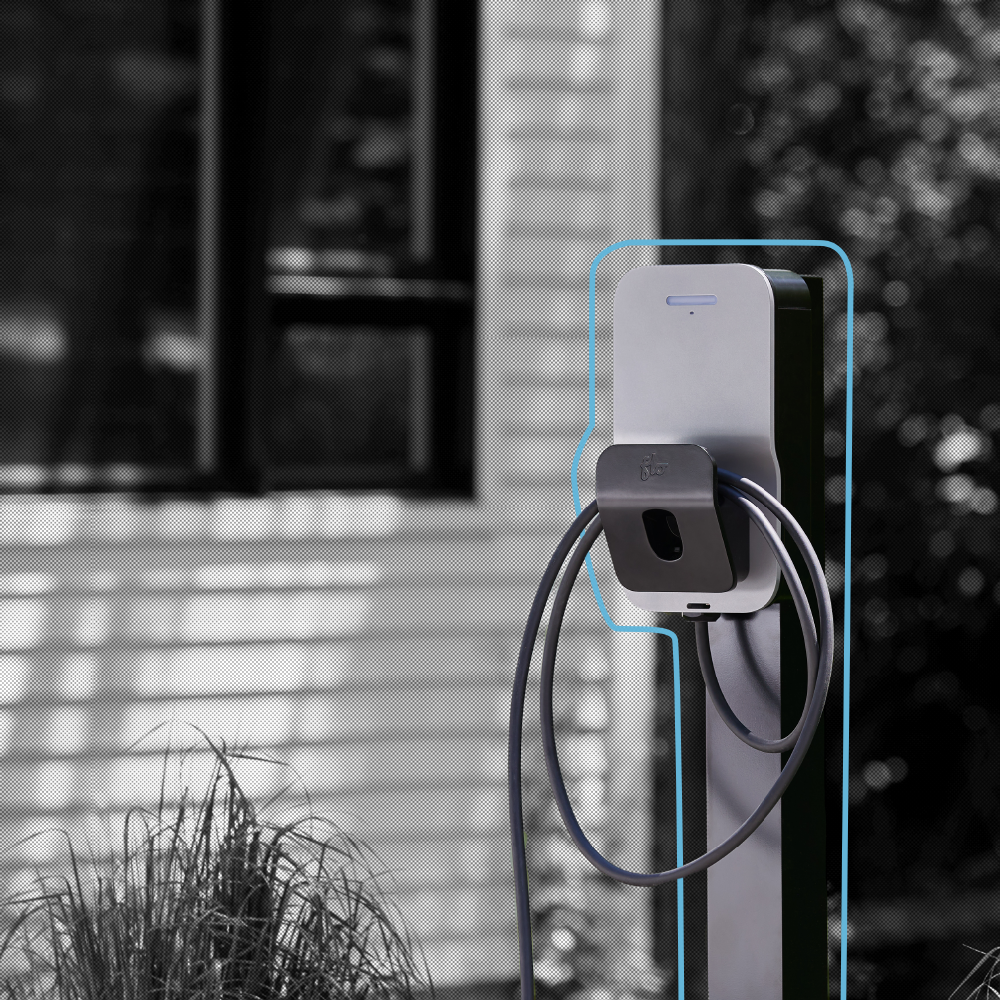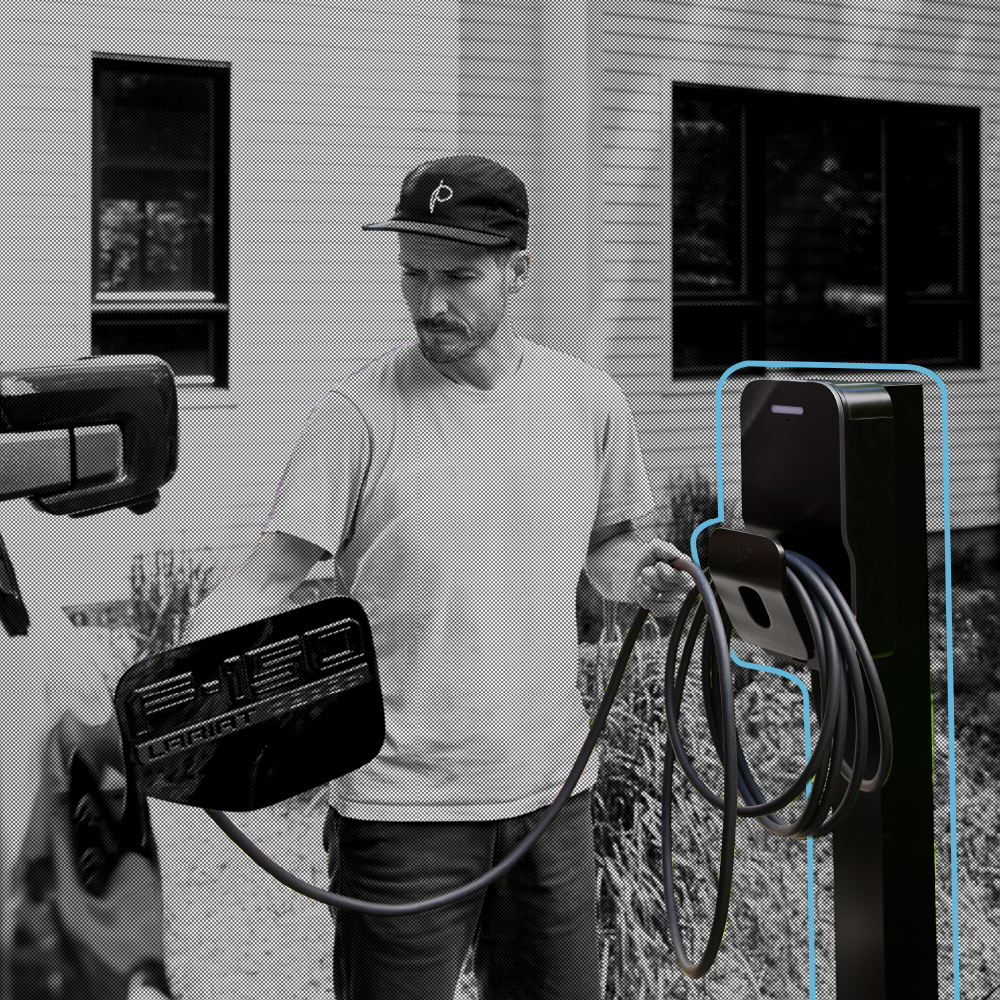Charging infrastructure at commercial real estate sites: Insights & best practices from FLO
With electric vehicles accounting for an increasing percentage of the vehicles sold in North America, building owners and commercial real estate organizations are becoming increasingly aware of the significant economic and environmental benefits that can come with installing charging infrastructure. Outside of assisting with sustainability initiatives, providing EV charging at commercial sites can result in increased vehicle and foot traffic and longer dwell times while shoppers charge, all while providing a tangible amenity for tenants and a valuable asset for a commercial site.

FLO is a leading North American charging network for electric vehicles, and a major provider of smart charging solutions. Our company has helped commercial real estate clients across North America deploy charging infrastructure, and in doing so have learned about the immense value this technology can bring to a workplace, shopping center or recreational facility. Below, we’ll share some insights and best practices that we’ve learned as one of North America’s resident EV charging experts.
Be thorough when choosing a solutions provider
Not all charging stations and their associated networks are made equal, which is why it’s important to employ a thorough procurement and selection process when choosing a solutions provider. Reliability and ease of use consistently rank among the most important elements of the charging experience for EV drivers, so you’ll want to choose stations that are robust, durable, and backed by a public charging network with high reliability and uptime statistics.
Further, it’s important to remember that buying a charging station is a significant investment, and spending a little more now on quality hardware and management services can help you save you a lot on maintenance, operations, and repairs later.
Be forward-thinking when planning a deployment
HIS Markit forecasts global EV sales to rise by 70% in 2021, illustrating the rapid growth of electric vehicles and a fast-rising need for charging services. With this in mind, planning ahead to ensure that your charging deployment is prepared to grow in correlation with the growth of the EV market is considered best practice when deploying a charging ecosystem. Choosing a solutions provider with scalable solutions at both a hardware and software level will help ensure that your deployment is ready to grow with your customers.
Speaking of both hardware and software, a big part of future-proofing your commercial charging deployment can come in the form of a vertically integrated solutions provider. Choosing a solutions provider who is vertically integrated and capable of providing customers with the requisite hardware and software renders a single entity responsible for the charging experience, ensuring quality in the best of times and a single point of contact should trouble arise.
Be mindful of signage
Time and time again, our conversations with commercial real estate clients tell us that signage is among the most important factors in ensuring that drivers know where to find charging stations at a commercial site and how to use them when they do. There are three types of signage that should be considered for EV charging at commercial sites:
Directional Signage: Should be placed off-site and along transit corridors to inform EV drivers that charging stations are available.
Wayfaring Signage: Should be on-site to direct EV drivers to the parking spaces designated for charging.
Station Signage: This signage should inform the EV drivers about the rules of using the charging station and should communicate information such as hours of availability, costs (if any) associated with using the charger, and who can use the charger (general public, employees, fleet vehicles, etc.).

